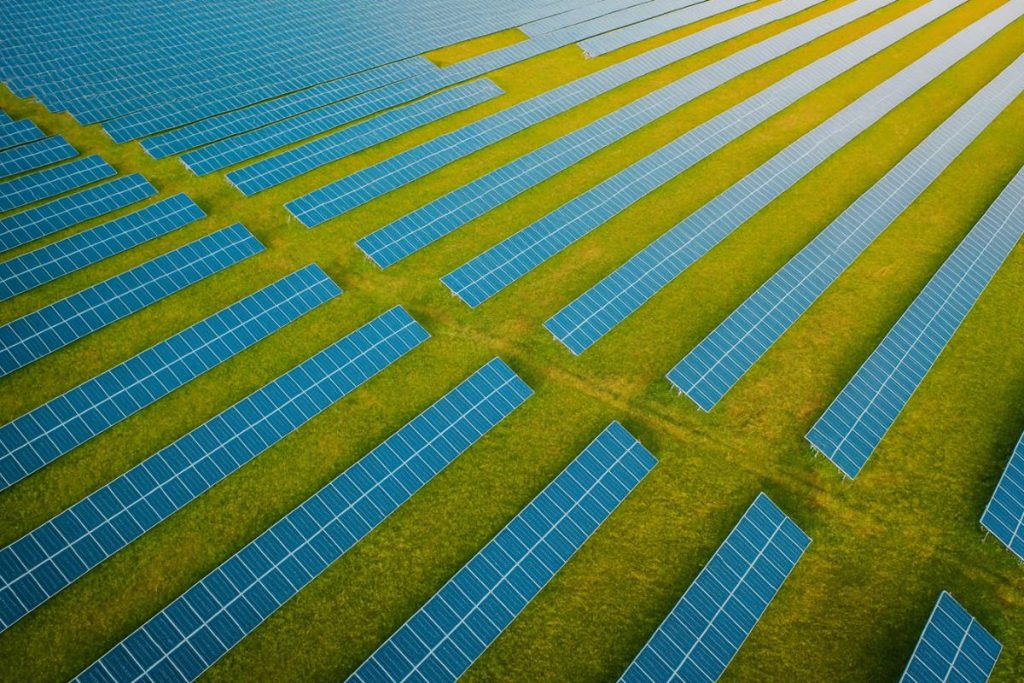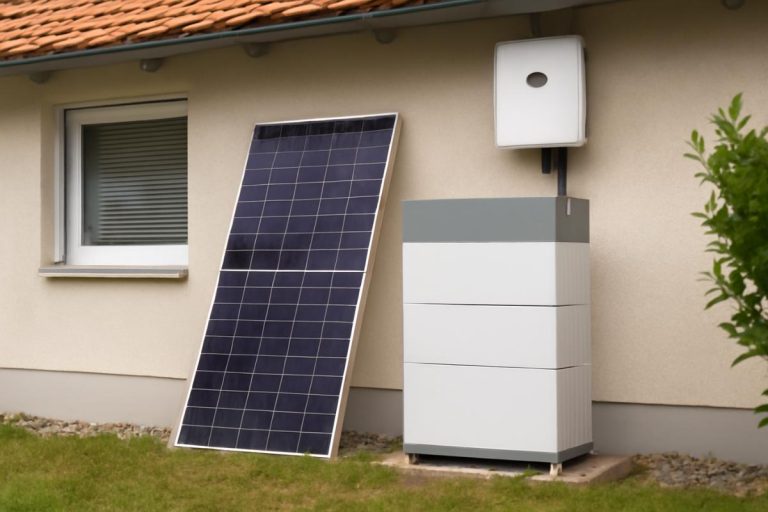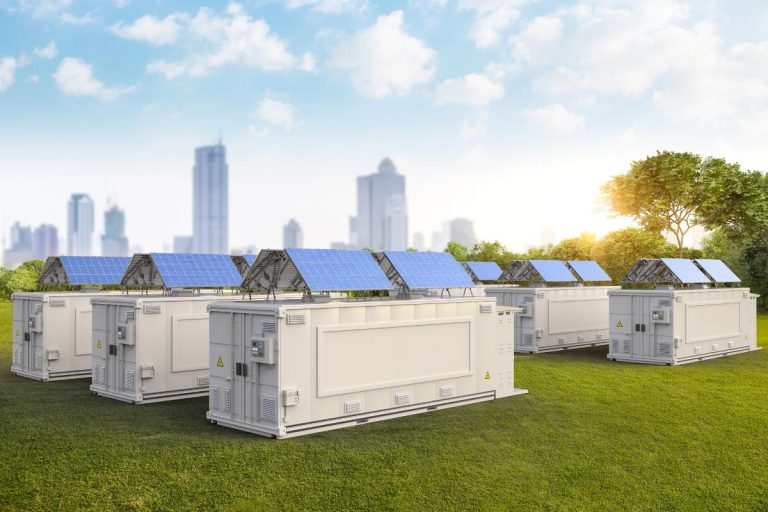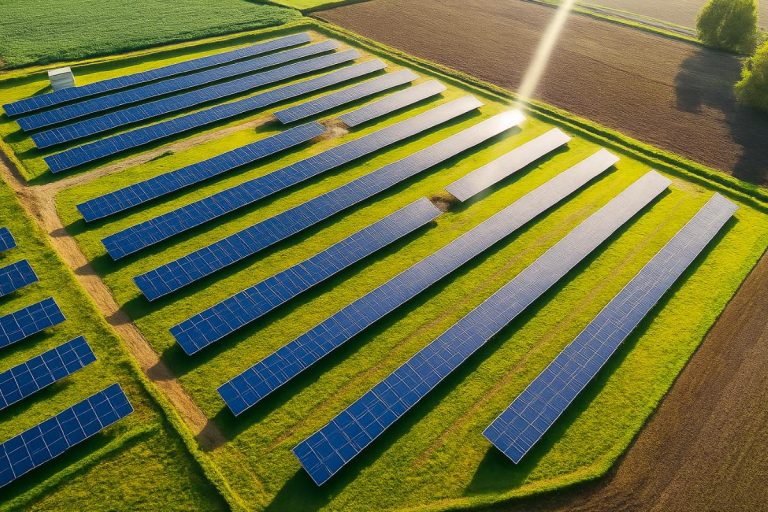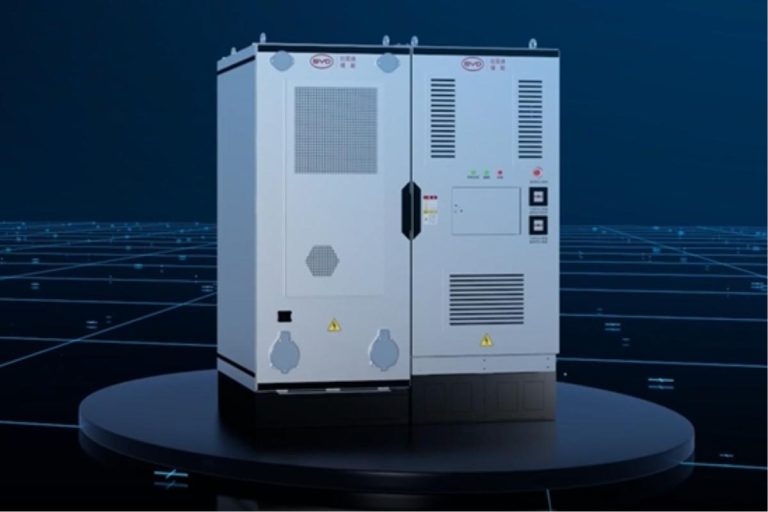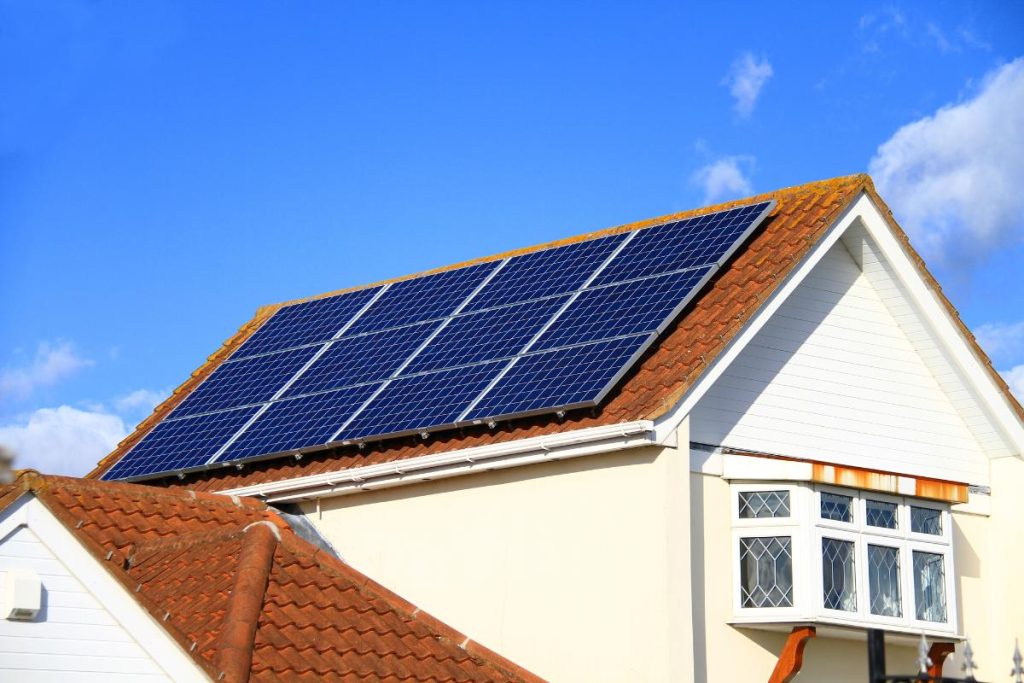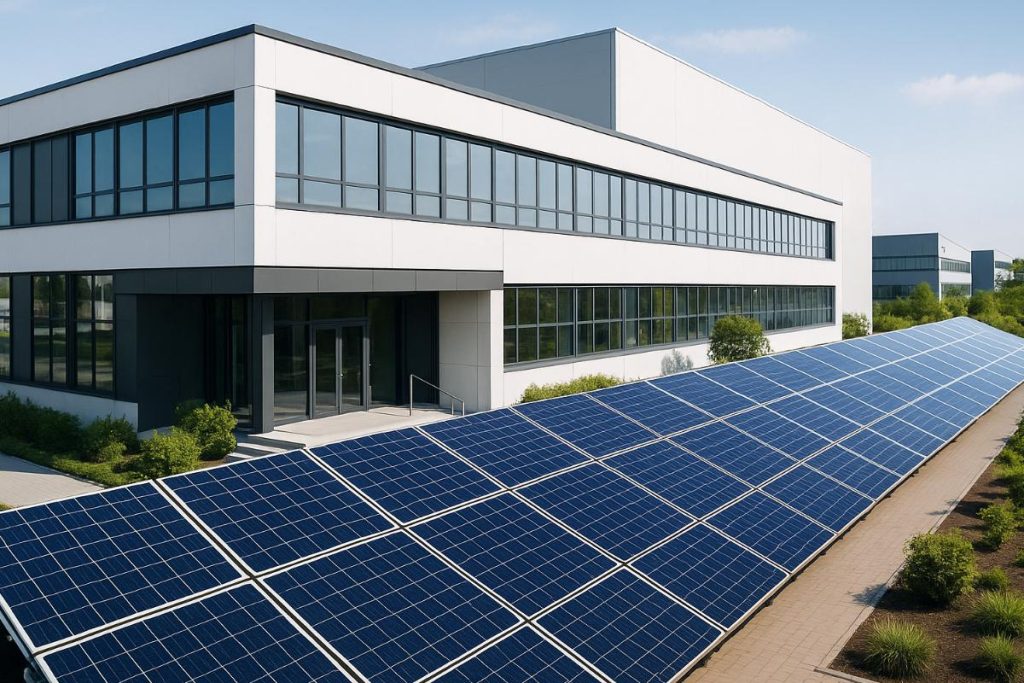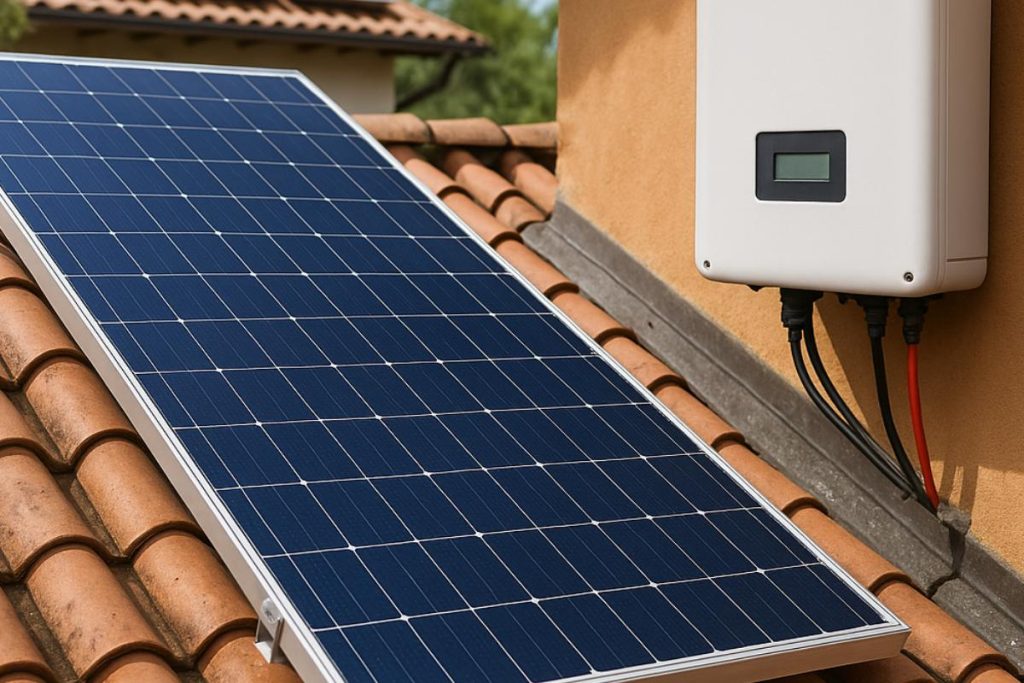Today, we're going to explore how solar energy in agribusiness can transform the sector, its advantages, practical applications and why it's worth investing in this technology. After all, agribusiness is one of the pillars of the Brazilian economy, responsible for a significant portion of GDP and for making the country one of the largest exporters of agricultural commodities in the world.
However, operating costs, especially with electricity, can be a challenge for rural producers. This is where solar energy comes in as an innovative solution, capable of reducing costs, increasing competitiveness and also contributing to environmental sustainability.
Advantages of solar energy for agribusiness
A solar energy is a clean, renewable and increasingly accessible source of energy. In agribusiness, it offers benefits that range from reducing costs to improving the image of rural properties. Let's take a closer look at the main advantages:
Reduced energy costs
One of the biggest expenses on farms is the electricity bill, especially for operations that require water pumping, irrigation, refrigeration and air conditioning. Solar energy allows producers to generate their own electricity, significantly reducing dependence on the conventional grid and, consequently, energy costs. In many cases, it is possible to save up to 95% on electricity bills.
Sustainability and environmental responsibility
Agriculture is closely linked to the environment, and adopting sustainable practices is essential to ensure the longevity of natural resources. Solar energy is a clean source that does not emit polluting gases, helping to reduce the carbon footprint of rural properties. In addition, investing in sustainability can improve the image of the business, opening doors to markets that value environmentally responsible practices.
Energy autonomy and security
Many farms are located in remote regions, where the electricity grid can be unstable or even unavailable. With solar energy in agribusiness, producers gain energy autonomy, guaranteeing the continuous operation of essential equipment, such as irrigation and refrigeration systems. This also reduces the risk of losses caused by power outages.
How does solar energy work in agribusiness?
In agribusiness, there are two main ways of using solar energy: on-grid and off-grid systems.
On-grid and off-grid systems
- On-grid: in this system, the solar panels are connected to the conventional electricity grid. The energy generated is used on the property, and the surplus is injected into the grid, generating energy credits that can be used at times of higher consumption or in other consumer units.
- Off-grid: this system is ideal for isolated rural properties where there is no access to the electricity grid. The energy generated is stored in batteries, ensuring continuous supply, even at night or on cloudy days.
See our full content on how solar energy works!
Distributed generation and energy credits
Distributed generation allows rural producers to generate their own energy and share the surplus with the electricity grid. In return, they receive energy credits, which can be used to reduce consumption in other units or in periods of lower solar generation.
This modality is regulated by the National Electric Energy Agency (ANEEL) and has boosted the adoption of solar energy in Brazil.
Practical applications of solar energy in agribusiness
Solar energy in agribusiness can be applied to various activities, bringing efficiency and cost savings. Check out some of the main applications:
Irrigation and water pumping
Irrigation is essential for agriculture, but it can consume large amounts of energy, especially on farms that rely on artesian wells. With solar energy, it is possible to power water pumping systems sustainably and economically, guaranteeing supply even in remote areas.
Air conditioning and ventilation
Raising animals such as poultry and pigs requires strict control of temperature and humidity. Solar energy can power air conditioning and ventilation systems, ensuring animal comfort and improving productivity.
Refrigeration and storage
Refrigeration is crucial for preserving perishable products such as milk, fruit and vegetables. Solar energy can power cold rooms and storage systems, reducing losses and increasing profitability.
Property monitoring and management
The technology can also be used to power monitoring systems, such as security cameras, humidity and temperature sensors, and farm management equipment. This allows for greater control and efficiency in rural operations.
Investing in solar energy in agribusiness: is it worth it?
Solar energy is an investment that can bring significant returns to agribusiness. Let's take a look at the main aspects:
Costs and financial return
The initial cost of installing a photovoltaic system can vary according to the size of the property and the energy demand. However, with the reduction in equipment prices and the availability of specific credit lines for the rural sector, the investment has become increasingly affordable. On average, the return on investment (payback) occurs in 3 to 7 years, and the useful life of the systems can exceed 25 years.
Maintenance and durability of systems
Solar energy systems require little maintenance, generally limited to periodic cleaning of the panels and checking the operation of the equipment. In addition, photovoltaic panels are resistant and long-lasting, guaranteeing a consistent return over the years.
How to implement solar energy in agribusiness?
Implementing solar energy in agribusiness is a process that involves several stages, from the initial analysis to the installation and operation of the system. See step by step!
1. Feasibility analysis
Before investing in solar energy, it is essential to carry out a feasibility analysis to understand whether the photovoltaic system is suitable for your rural property. This stage involves
- Assessing energy consumption: analyze the energy bills for the last 12 months to understand the property's consumption pattern. This helps to size the system required.
- Solar potential of the region: check the incidence of solar radiation in your area. Brazil is a country with high solar potential, but some regions have more hours of sunshine per day than others. Tools such as solar maps and simulation software can help with this analysis.
- Available space: assess the area available for installing solar panels. Shed roofs, open areas or even dams can be used, as long as they have good exposure to the sun.
- Costs and benefits: make a projection of the installation costs and the financial benefits, such as the reduction in energy bills and the return on investment (payback).
2. Design and dimensioning
After confirming feasibility, the next step is to design and size the photovoltaic system. This stage is crucial to ensure that the system meets the property's needs. Here are the main points:
- Sizing the system: based on energy consumption and solar potential, the size of the system is defined (in kilowatts-peak, kWp). For example, a property that consumes 1,000 kWh per month may need a system of around 7 kWp, depending on the region.
- Location of the panels: choose the ideal place to install the solar panels, taking into account the orientation (preferably to the north, in the southern hemisphere), the slope and the absence of shading.
- Type of system: decide whether the system will be on-grid (connected to the electricity grid) or off-grid (autonomous, with batteries). The choice depends on the location of the property and the need for energy storage.
- Electrical design: an engineer or specialized technician must draw up the electrical design, which includes the layout of the panels, inverters, cables and other components.
3. Choosing suppliers and equipment
The quality of the equipment and the experience of the suppliers are determining factors in the success of the system. Here are some tips for this stage:
- Quality equipment: opt for solar panels, inverters and other components from recognized brands with robust guarantees. High-efficiency panels and reliable inverters guarantee greater durability and performance.
- Comparative quote: request quotes from different suppliers and compare not just the price, but the quality of the equipment and the services offered.
4. Installation
The installation of the photovoltaic system must be carried out by a specialized team to guarantee safety and efficiency. The installation steps include:
- Assembling the structure: the structure supporting the solar panels is installed on the chosen site (roof, ground or other area). It must be sturdy and suitable for the region's climatic conditions.
- Fixing the panels: the solar panels are fixed to the structure, following the electrical project and the manufacturer's guidelines.
- Installation of inverters: the inverter, which converts solar energy into usable electrical energy, is installed in a protected location close to the panels.
- Electrical connection: cables and connectors are installed to connect the panels to the inverter and the property's power distribution board.
- Tests and adjustments: after installation, the system is tested to ensure that it is working properly and generating energy as expected.
5. Grid connection (for On-grid systems)
If the system is on-grid (connected to the electricity grid), certain procedures must be followed to legalize the installation:
- Applying for connection: contact your local energy utility to apply for the system to be connected to the grid. This involves submitting the electrical project and other documents.
- Approval: the utility company will carry out an inspection to check that the system complies with technical and safety standards. Once approved, the system is homologated.
- Bidirectional metering: a bidirectional meter is installed to measure the energy consumed from the grid and the energy injected by your solar system. This allows energy credits to be generated.
6. Operation and maintenance
After installation, the solar energy system requires little maintenance, but it is important to follow certain practices to ensure that it works properly:
- Cleaning the panels: periodic cleaning of the panels (every 6 months or as required) removes dust, leaves and other debris that can reduce efficiency.
- System monitoring: use monitoring systems to keep track of power generation and identify possible faults or drops in performance.
- Preventive maintenance: carry out periodic inspections on equipment, such as inverters and cables, to ensure that everything is working properly.
7. Making use of energy credits (for on-grid systems)
If the system generates more energy than the property consumes, the surplus is injected into the electricity grid and converted into energy credits. These credits can be used to reduce consumption in other units of the same ownership or in periods of lower generation (such as at night or on cloudy days). This mechanism is regulated by ANEEL and is a great advantage for rural producers.
Trends and the future of solar energy in agribusiness
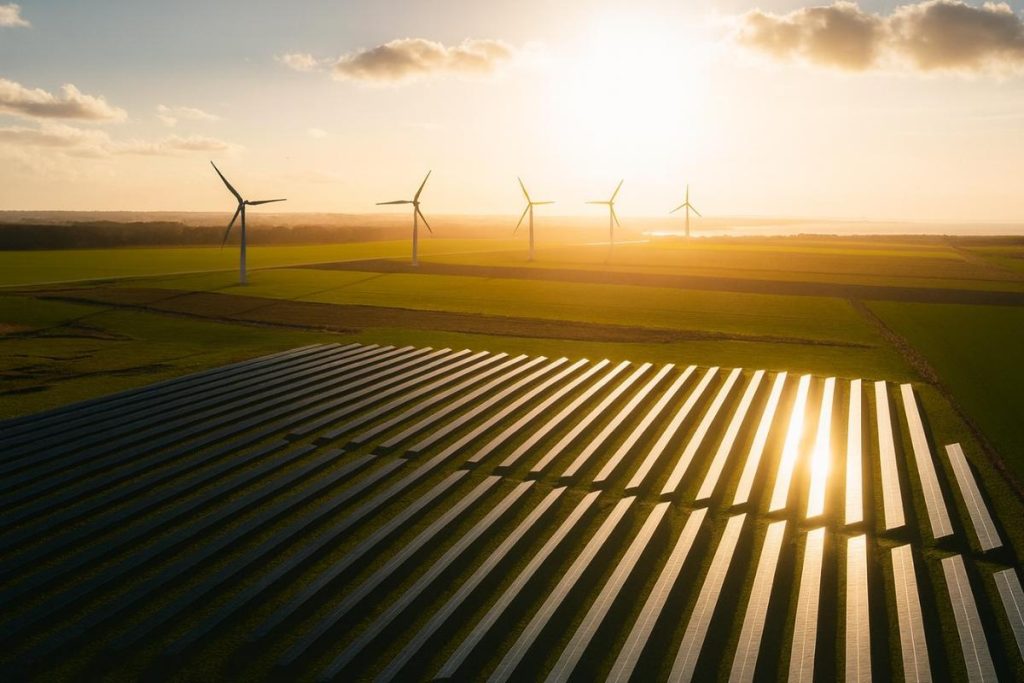
The solar energy market in Brazil is booming, driven by falling equipment costs and growing awareness of the importance of sustainability. In agribusiness, this trend is set to intensify in the coming years.
Expansion of the photovoltaic market in Brazil
Brazil has one of the greatest potentials for solar generation in the world, thanks to the high incidence of solar radiation over practically the entire national territory. With favorable public policies and increased demand for clean energy, the photovoltaic market should continue to grow, benefiting the rural sector.
Technological innovations
Technological innovations such as more efficient solar panels, larger storage batteries and intelligent management systems are making solar energy even more accessible and efficient for agribusiness. These advances should broaden the application possibilities and reduce costs even further, also favoring the expansion of solar energy. residential solar energy.
Why invest in solar energy in agribusiness?
Investing in solar energy in agribusiness is a strategic decision that brings economic, environmental and operational benefits. As well as reducing costs and increasing competitiveness, solar energy contributes to the sustainability and energy autonomy of rural properties.
With the market booming and technologies becoming increasingly accessible, there is no doubt that solar energy is the future of agribusiness.
If you're a rural producer, don't waste any time: start exploring the possibilities of solar energy and transform your property into a model of efficiency and sustainability. The planet and your wallet will thank you!
To further expand your knowledge on the subject, check out our complete content on solar energy generation!

